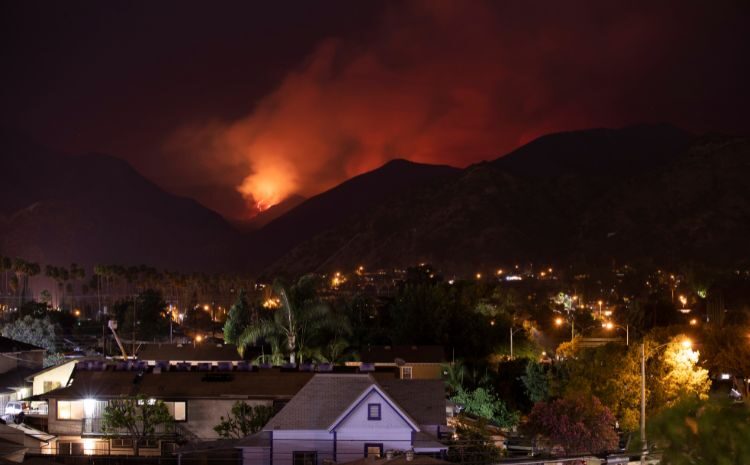
The California FAIR Plan: A Closer Look
Navigating Wildfire Insurance in California: Understanding Your Options in 2023
In recent years, California has experienced a dramatic increase in wildfires, with over 8,600 fires in 2021 alone, devastating nearly 2.6 million acres. This surge in wildfires, exacerbated by extreme heat and drought, underscores the crucial need for effective wildfire insurance for all Californians — homeowners, renters, business proprietors, and investors alike.
Facing the Challenge of “Uninsurable” Properties
In some cases, properties in high-risk areas are deemed “uninsurable” by standard insurers. However, there are still avenues to explore for coverage:
The California FAIR Plan: A Closer Look
The California FAIR Plan emerges as a primary option for those struggling to find conventional insurance due to high wildfire risk. This plan, while a viable option, has certain limitations. Understanding the FAIR Plan, its benefits and drawbacks, and how it stacks up against private wildfire insurance, is essential.
Assessing Your Wildfire Insurance Needs
How to Determine Wildfire Risk The California State Fire Marshal (CAL FIRE) assesses wildfire risk through Fire Hazard Severity Zone (FHSZ) maps, categorizing areas based on risk levels. If standard insurance becomes unavailable due to high wildfire risk, alternative solutions are necessary.
The Basics of Fire Insurance
Fire insurance policies typically include coverage limits, deductibles, and premiums. Coverage varies, but common elements in these policies include:
- Dwelling or Structural Coverage: Covers fire or smoke damage to buildings.
- Personal Property Coverage: Covers non-real property damages.
- Liability Coverage: Protects against lawsuits for fires spreading from your property.
- Living Expenses/Loss of Use:Covers additional living or business interruption costs.
Exploring Wildfire Insurance Options
Traditional Insurance Carrier Most homeowners can obtain comprehensive coverage through traditional insurance markets, with average annual premiums around $1,460.
California FAIR Plan Established in 1968, the FAIR Plan is a state-mandated fire insurance pool, serving as a temporary solution for high-risk properties. While more expensive and with less coverage than traditional policies, it provides a critical safety net.
Premiere, Surplus, or Excess Line Carrier These private insurers cater to properties conventional insurers reject. They typically serve high-net-worth clients and may offer more extensive coverage than the FAIR Plan, though at higher costs.
Comparing Options: FAIR Plan vs. Private Wildfire Insurance
California FAIR Plan Advantages
- Provides coverage when standard options are unavailable.
- Increased coverage limits and more comprehensive plans.
Drawbacks
- Higher cost and lower coverage limits than private insurers.
- Intended as a short-term solution.
Private Wildfire Insurance Advantages
- Higher coverage limits and comprehensive plans.
Drawbacks
- Higher costs, often limited to high-net-worth individuals.
- Less regulatory oversight than conventional insurers.
The Imperative of Wildfire Insurance in California
For property owners in high-risk wildfire zones, securing insurance is a critical step in risk management. The California FAIR Plan offers a viable, though imperfect, solution for safeguarding assets against catastrophic loss.
Before purchasing property, it’s crucial to assess the wildfire risk, as it can significantly impact insurance options and costs. To better understand the risks associated with your property, give California Southwestern Insurance Agency a call to go over all your options.



